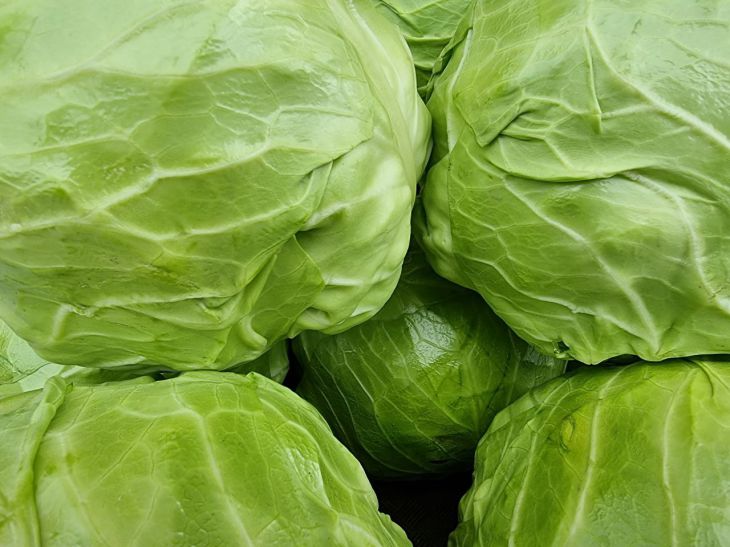How to Increase Vegetable Crop Yields: Tips for Beginner Gardeners
Experienced gardeners and vegetable growers have developed their own methods for growing certain crops over a long period of time, acquired valuable knowledge that helps fight pests and get stable and high-quality harvests.
Below you can find some of the information they kindly shared with their budding colleagues.
Cabbage
Cabbage is loved by many insects, who love to feast on it, causing it great harm, says Anastasia Kovrizhnykh.
Valerian will help protect cabbage heads from pest attacks. A bottle bought at a pharmacy will be enough.
Dissolve valerian and liquid soap in water (3 liters) and spray the cabbage affected by pests on a windless and sunny day.

Before harvesting for winter storage, 30-35 days in advance, treat the heads of cabbage with liquid soap (2 tbsp.) and ammonium hydroxide (ammonia), of which you need 40 ml, diluted in water (5 l.).
Such treatments of cabbage will ensure its safety.
Potato
Properly prepared potatoes for planting will yield a wonderful harvest in a shorter time. Preparation is carried out in the following way:
- First, seed potatoes need to be greened in a warm place;
- Then cover the bottom of the prepared low trays with film, then with cardboard and add a layer of soil (5-7 cm), for the preparation of which ash, peat and humus are used, and water it with water diluted with potassium permanganate until it turns red;
- After this, place the replacement potato tubers (their size should ideally not be much larger than a chicken egg) tightly into the trays, with the sprouts facing up;
- Pour the same soil on top and moisten with potassium permanganate;
- Cover the pallets with polyethylene and move them to a light and warm room.
To protect against the beetle, spray the tops of the crop with the following solution: dilute dry mustard (pack) in a 10-liter container with water and add 9% vinegar (100 ml). Mix thoroughly and use as intended.
Planted potatoes will be large in just one and a half months.
Beet
You can grow sweet beetroots without wormholes if you feed it with salt a couple of times during the summer. To do this, use coarse salt (100 g), which should be dissolved in water (10 l) and watered.
The first feeding is done when the beet tops grow to 8-10 cm, the next ones after one and a half to two weeks.
Radish
Everyone knows that radishes grow very quickly and do not become flabby and hard. However, if you reduce the length of daylight hours, excellent taste qualities will be preserved for a long time.
It is necessary to cover the crop with a light-proof film for 12 hours a day from evening until morning. The same applies to dill. If the shoots are covered for a week, they will be green and thick.
Carrot
There is a fairly productive way to plant carrot seeds:
- Place seeds (not in granules) on a cloth and tie loosely;
- Make a hole 15-20 cm deep in moist soil and place the seeds there, covering them with soil and leave for 10-12 days;
- After the specified time, remove the planting material, pour it into a bowl and lightly sprinkle with regular starch.
Carrot seeds will swell during the time spent in the soil, essential oils that prevent the seeds from germinating will evaporate. They will not stick to your fingers thanks to the starch, which will allow you to carefully lay them out in furrows at the right distance. No need to water. A crust may form on the surface of the soil, preventing the sprouts from breaking through.
This method will allow carrot seedlings to germinate in just a week, and you won’t have to thin them out.
These recommendations have been tested over the years and their effectiveness is beyond doubt, so by using this practice, you can confidently hope for a decent harvest.
Previously we talked about what trees should not be planted in the country .
